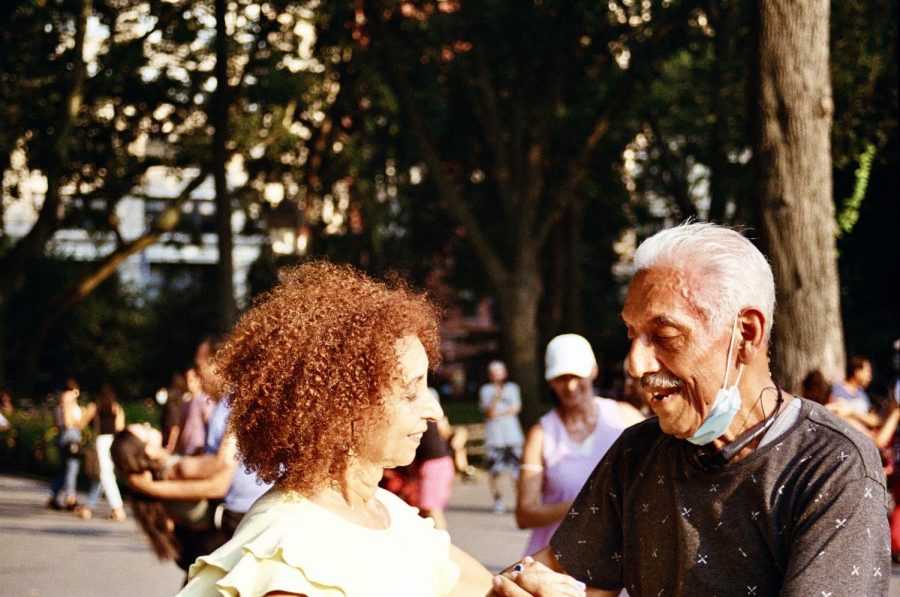New York’s Reopening Should Be Reconsidered
On June 15, as New York lifted its COVID-19 restrictions, America was in a completely different state. With vaccination rates rising and COVID-19 cases decreasing, the end of the pandemic finally felt within reach. Under the motto “hot vax summer,” New York and the rest of America were able to envision a return to normalcy and a world without the fear of the virus. As autumn approaches and a new wave of COVID-19 emerges, it’s time to reexamine the state of the pandemic and if measures need to once again be taken to curb the virus and its latest variant.
At the time of reopening, New York’s choice wasn’t received too eagerly; if anything, it was considered drawn-out. In many of former New York Governor Andrew Cuomo’s press briefings, he repeatedly stated that New York would reopen after 70% of the state population had been vaccinated against COVID-19.
This milestone was based on the epidemiological idea of herd immunity, which is the indirect protection of unvaccinated or vulnerable populations through having a more significant percentage of the population vaccinated against the disease. For most of the pandemic, many infectious disease experts, including Dr. Anthony Fauci, believed that the target herd immunity for the COVID-19 virus would be around 60-70% of the population. So when New York reached this vaccination rate, it seemed reasonable at the time to get rid of some COVID-19 restrictions.
However, things are beginning to change again as the virus spreads with the more infectious delta variant, and vaccination rates throughout the United States have started to stagnate. Local and state governments must reckon with the idea of bringing back restrictions as herd immunity becomes more unlikely. The new delta variant has become the predominant strain in the United States; it is both more infectious and poses more risks to the unvaccinated. While not as prevalent in New York as in other states, the new strain is still problematic due to New York’s position as a tourist destination. As Dr. Parikh of NYU Langone said, “The variants are outpacing us. The … problem is it’s New York, where people are coming from all over the country … we have visitors who might be unvaccinated. So that throws another wrench in the whole herd immunity. It’s not isolated.”
Another element that has emerged is the rise of childhood COVID-19 infections. While children still account for lower hospitalization rates than adults, the record high numbers are still a concern. Currently, children under the age of 12 cannot get vaccinated, making them a vulnerable population that we must protect. Dr. Thomas Tsai summed it up best by saying, “What really protects children are the interventions directed at the rest of society.”
What can be done to keep all New Yorkers safe amid the new outbreaks of variants? There are several ways we can tackle this issue.
First, New York could reinstate mask mandates and other restrictions on indoor activities. While it might be an unpopular choice, masks at indoor activities can help decrease the spread of COVID-19, even with the new variants. Second, New York can follow New York City’s direction with the Key to NYC program. The mandate, similar to mandates abroad, was announced by Mayor Bill de Blasio in August and requires people to provide proof of at least one dose of the vaccine to dine indoors, utilize gyms and enjoy entertainment.
The point of the mandate is to protect unvaccinated people and put increasing pressure on those who are hesitant to get vaccinated. In his news conference announcing the mandate, Mayor de Blasio said, “If you want to participate in our society fully, you’ve got to get vaccinated. It’s time.”
It is time to reconsider a change in restrictions. New York Governor Kathy Hochul needs to reconsider mask mandates or some other radical choice to encourage vaccination and safety. The circumstances have changed; the way New York fights them needs to change, too.
Samantha Scott, FCRH ‘24, is an international political economy and development major from Columbus, Ohio.










































































































































































































